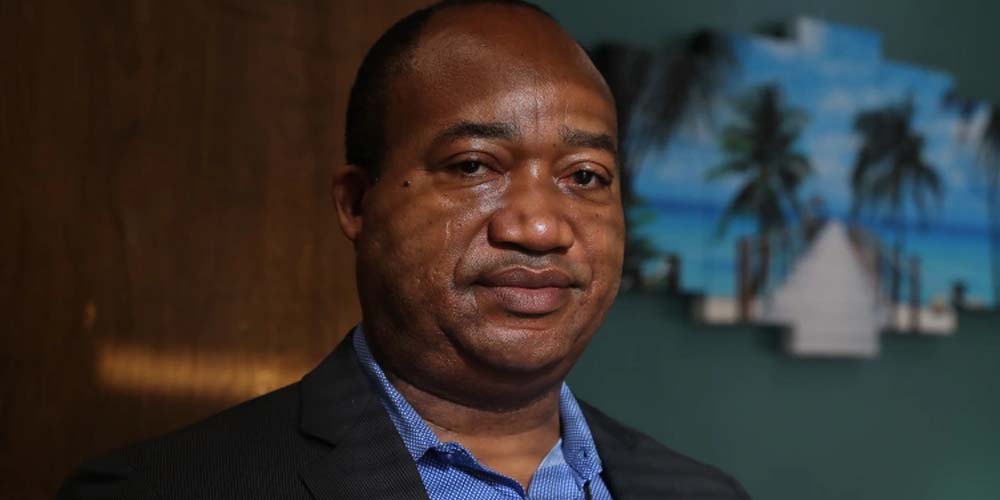Researchers have known for the last few years that Black children ages 5 to 12 are twice as likely to die by suicide than white children, but for the first time, a team of investigators is trying to help.
Using information from two national databases, researchers including Dr. Arielle Sheftall, a principal investigator at the Center for Suicide Prevention and Research, found that from 2003 to 2017 — the most recent year for which the National Violent Death Reporting System has statistics — Black youth experienced a marked upward trend in suicide.
The largest annual percentage increases were in the 15- to 17-year age group and in girls — 4.9% and 6.6%, respectively.
“We found that the annual percent increase among Black girls was twice that of Black boys, which was very surprising because this finding goes against what we usually see in the literature,” said Sheftall, lead author of the study, which was published recently in the Journal of the American Academy of Child and Adolescent Psychiatry.
Often, the first time Black girls get help is after a suicide attempt lands them in the emergency room, said Dr. Christine Crawford, a psychiatrist at Boston Medical Center and the Codman Square Health Center in Dorchester.
“It’s heartbreaking because we know there are treatment options to prevent this,” Crawford said.
The study found that Black girls were more likely to experience a breakup in a relationship prior to death and died by suicide within 24 hours of an argument, while Black boys were more likely to experience a recent criminal or legal problem.
The primary means of suicide for Black boys is a gun, Crawford said, whereas Black girls who commit suicide usually do so by overdose, although some call a family member or friend before they die.
“They want people to know they’re in distress,” she said, “but there is still a part of them that wants to be found, that wants to live.”
Sheftall and her team found that children ages 5 to 11 were more likely to have experienced family or school problems, and if they had a mental health diagnosis, it was often attention deficit disorder or attention deficit hyperactivity disorder.
“ADHD is very impairing,” both in and out of school, said Dr. Andrea Spencer, an assistant professor of psychiatry at the Boston University School of Medicine. “It can’t be cured, but it can be treated with medication, therapy and school accommodation. But some kids think there’s no other way out” than suicide.
Dr. Cyril Ubiem, a counseling psychologist at the Harvard Street Neighborhood Health Center in Dorchester, said most of the Black youth he sees don’t have a father in their lives, and there sometimes is drug use at home.
“They’re raising themselves because they don’t have a proper role model,” Ubiem said. “They live in neighborhoods where they might be forced to join a gang. … They’re in constant fear for their lives, so they decide to kill themselves.”
One reason Black youngsters sometimes don’t go through therapy is because they’re reluctant to confide in a person “who doesn’t look like them,” Crawford said, and who might not understand their life experience. Of the approximately 8,000 child psychiatrists in the U.S., only 1% are people of color.
The National Suicide Prevention Lifeline can be reached at 800-273-8255 .
Source: Bostonherald


